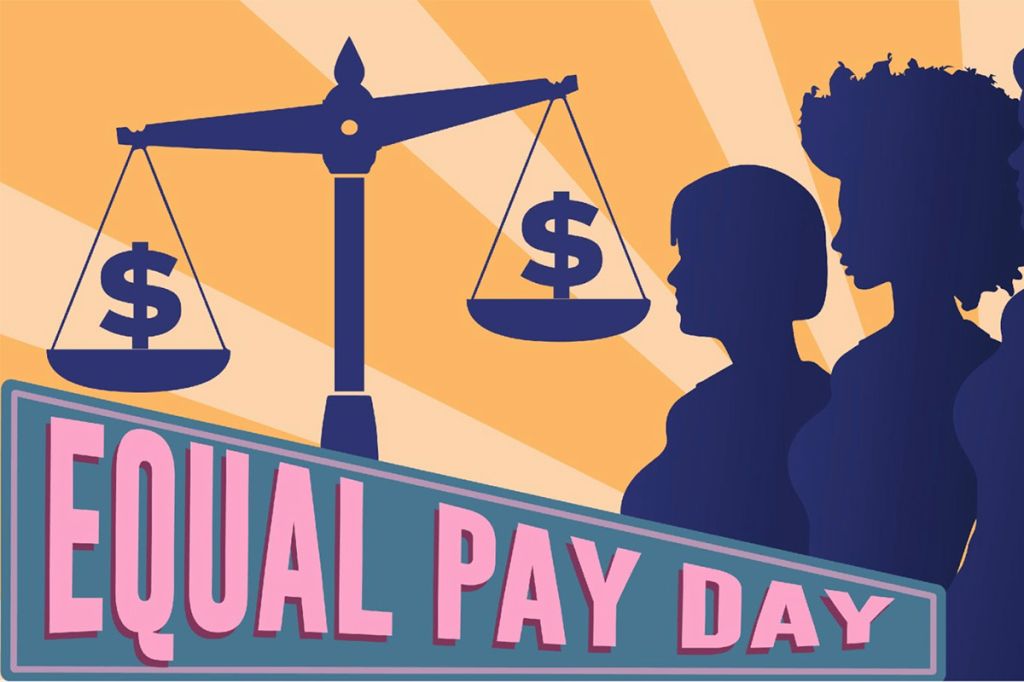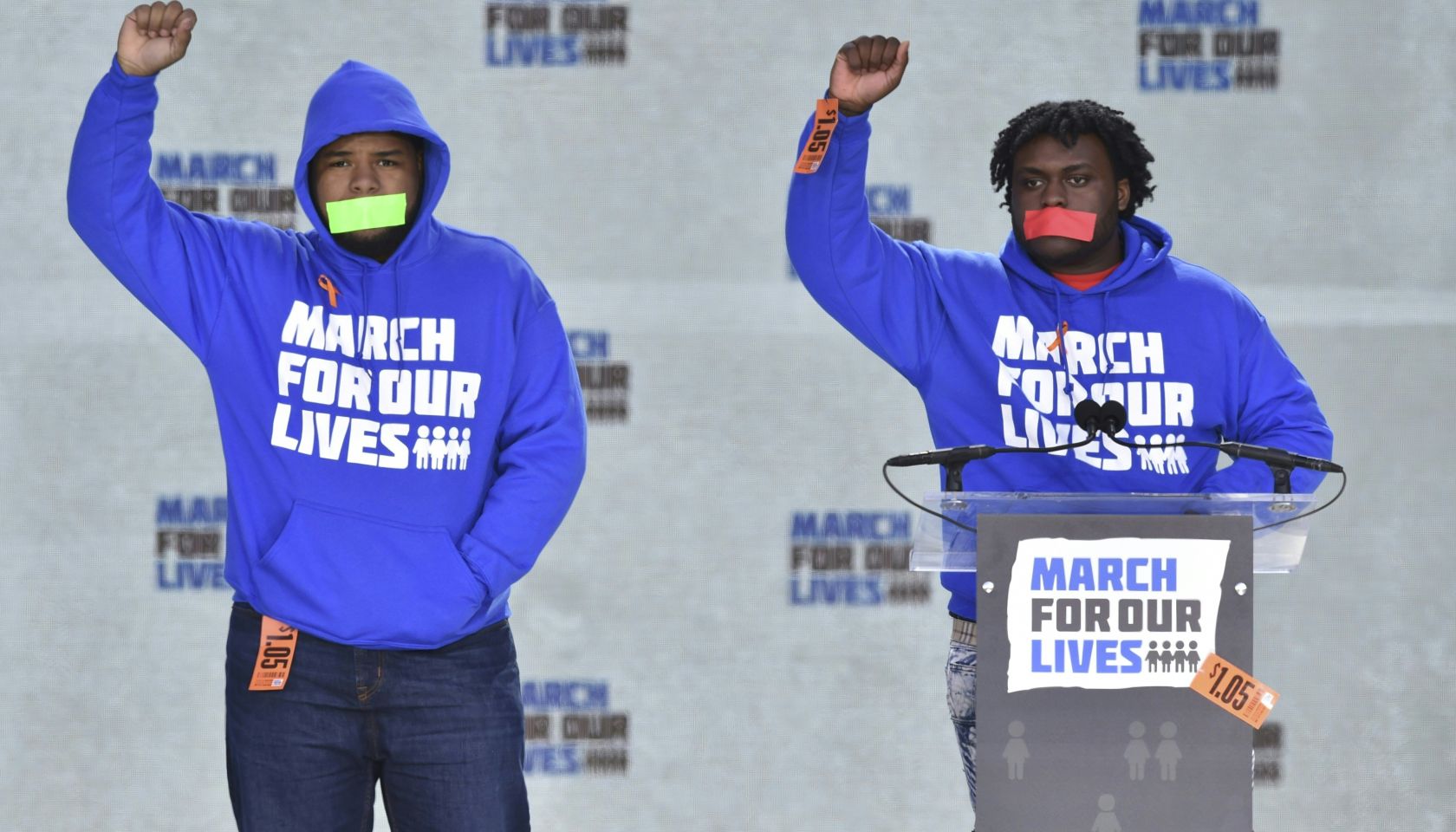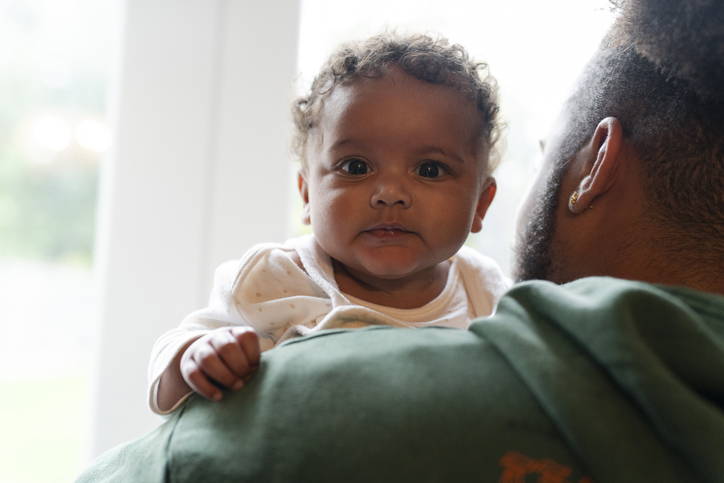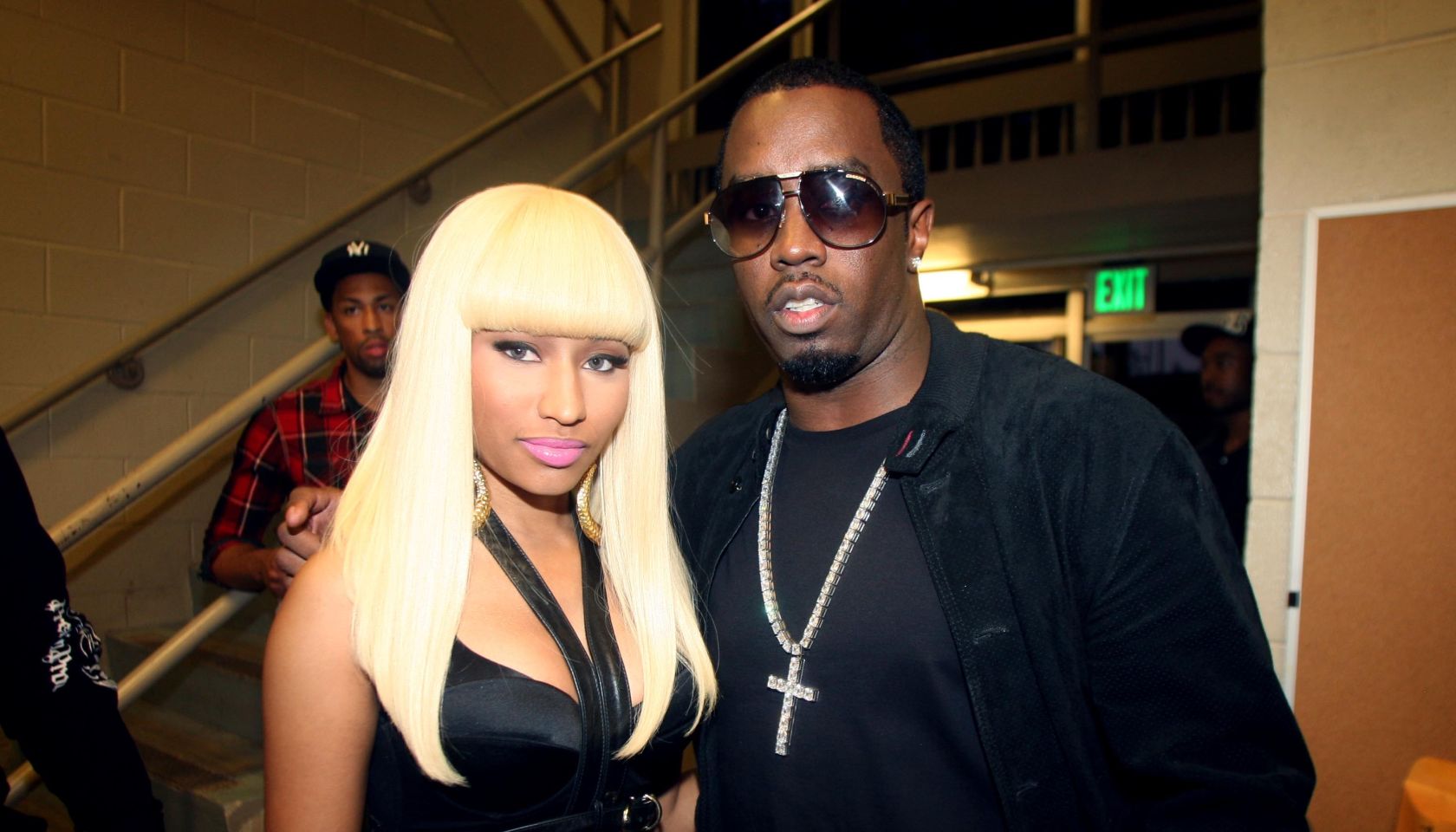Equal Pay Day: Black Women And The Wage Gap In 5 Depressing Charts
Where Black Women Rank On The Equal Pay Totem Pole, In 5 Depressing Charts

Source: iOne Creative Services / iOne Digital
UPDATED: 8:00 a.m. ET, Sept. 21, 2022
Originally published: April 10, 2018
This year’s installment of Black Women’s Equal Pay Day comes as the nation tries to dig itself out of a full-fledged inflation crisis in a collision of unfortunate economic circumstances that are making the racial wealth gap even more pronounced than it was when the pandemic first hit.
The recovery has been elusive across certain demographics, including and especially among Black women, who have historically borne the brunt of the earning disparities across the U.S. Nowhere is this more clear than in several damning charts that underscore where Black women rank on the wage gap totem pole.
Beyond racial backgrounds, women, in general, have made little progress in closing the wage gap, according to the Economic Policy Institute (EPI).
“What’s particularly troubling is there has been little progress in closing the gender wage gap over much of the last three decades,” EPI wrote in a blog post last week. “The regression-adjusted pay gap narrowed between 1979 and 1994—falling from a 37.7% pay penalty to a 23.2% pay penalty. But the entirety of the narrowing gap between 1979 and 1994 can be attributed to men’s stagnant wages, not a tremendous increase in women’s wages. Since then, the gap between men’s and women’s pay has narrowed hardly at all. In 2021, the pay gap remained at 22.1%.”
EPI previously found that Black women, in particular, had to work an additional seven months just to be paid the same amount that white men earned in the preceding calendar year.
The optics are damning when comparing the numbers. From hourly wages to annual salaries, “blacks in 2015 earned just 75% as much as whites in median hourly earnings and women earned 83% as much as men,” the Pew Research Center found in 2016, the most recent time statistics were compiled and analyzed.
To add insult to metaphorical injury, data shows that Black women account for the highest labor participation rate of all women while still being paid the least.
The past two years have been especially rough on Black workers, what with the COVID-19 pandemic colliding with historically high unemployment numbers. Not only has Black unemployment remained nearly twice that of whites, but a study from this past summer to mark Black Women’s Equal Pay Day also confirmed that Black workers are severely underrepresented in high-earning jobs.
Black workers are being disproportionately left behind by the economic recovery while the opposite was true for other groups. That truth came on the heels of another report which found that unless specific measures are undertaken, it will take close to 95 years to close racial gaps in the workplace. On the flip side, a concerted effort to remove the barriers for Black workers could close the gap within 25 years.
But pictures speak a thousand words, and this article only has space for a couple of hundred of them. So we’ve included two charts in particular to provide startling visual examples of the persistent wage gap that’s been leaving Black folks, especially women, behind.
The following additional charts, created in 2017 by Mona Chalabi, the Data Editor at the Guardian US, are still relevant and perfectly hammer home the severity of the wage gap situation facing Black people.
SEE ALSO:
Black Private Sector Workers Underrepresented In High-Earning Jobs, Study Confirms
Black Unemployment Rises During Biden’s First Full Month In Office
















